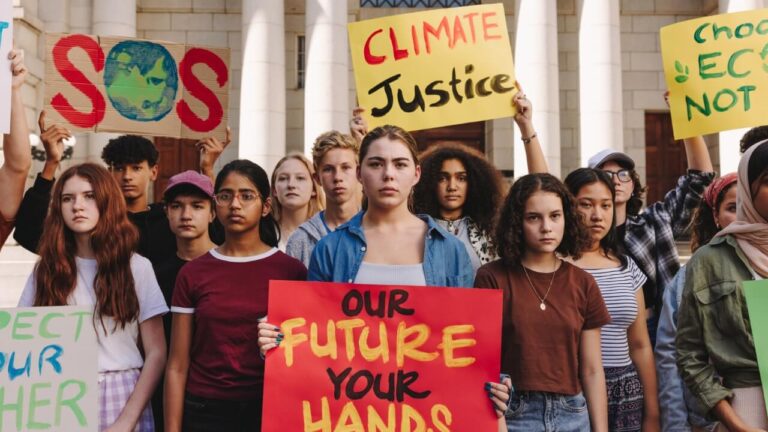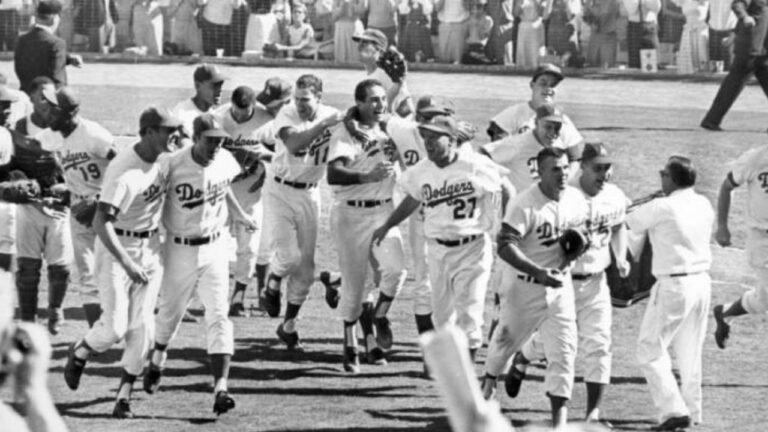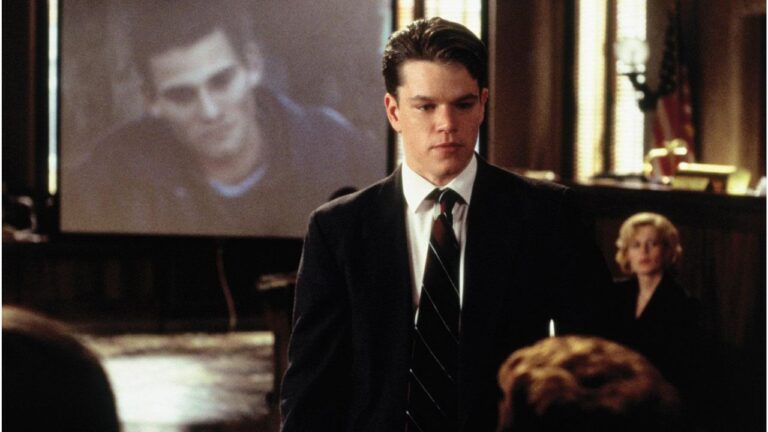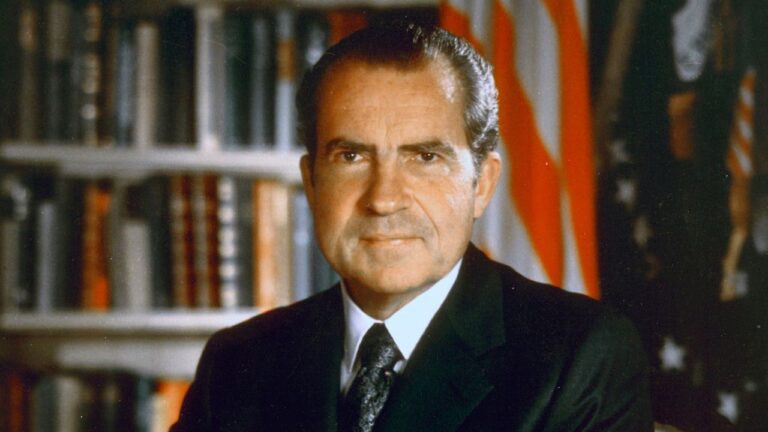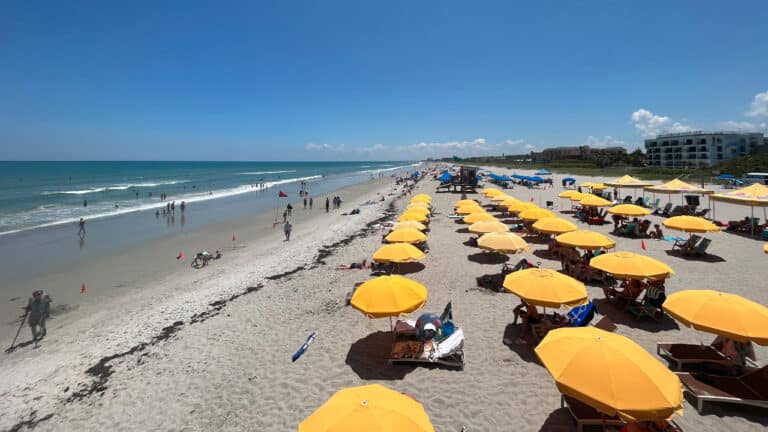What Is an MLB Qualifying Offer? Explaining Baseball’s Free Agency Shortcut

Juan Soto put up one of the greatest seasons of his career in his first year with the New York Yankees, and is widely expected to command a contract between $600 million and $700 million as a free agent. So why did the Yankees offer him a one-year deal worth $21.05 million this weekend, and will they be out on him once he inevitably declines it?
Not exactly.
Soto was one of 13 Major League Baseball players to be extended a qualifying offer, and the only Yankee to receive one. The others to be offered are:
- Mets 1B Pete Alonso
- Mets P Sean Manaea
- Mets P Luis Severino
- Brewers SS Willy Adames
- Braves P Max Fried
- Astros 3B Alex Bregman
- Orioles P Corbin Burnes
- Orioles OF Anthony Santander
- Dodgers OF Teoscar Hernandez
- Diamondbacks 1B Christian Walker
- Red Sox P Nick Pivetta
- Reds P Nick Martinez
Every single one of these players received the exact same one-year, $21.05 million qualifying offer Soto got from the Yankees. A qualifying offer is a one-year contract that can be offered to as many free agents on their roster as a team chooses, with the financial amount equating to the mean salary of baseball’s 125 highest-paid players the previous season. To be eligible to receive one, a player has to have spent the entirety of the previous year with that franchise (thus, a trade deadline acquisition would not be eligible), and they have to have never received one previously in their career. This includes playing for other franchises.
So, what is the incentive for a club to offer a short-term deal? That’s two-fold, truthfully. Most paramount, a squad received a compensatory draft pick in the event that the player they offered it to declines it and signs elsewhere in free agency. Where that pick falls is ultimately decided by where they sit within MLB’s tax threshold and if they are part of the league’s revenue-sharing program.
However, there is a performance incentive for them to offer it as well, on both ends.
Oftentimes, a player will receive a qualifying offer after finding success one year, coming off of a letdown season the year prior (or potentially even vice versa). One of the best and most cited examples of a qualifying offer benefitting both parties was pitcher Kevin Gausman after the 2020 season.
The pitcher had signed a one-year deal with the San Francisco Giants that year and played very well over the course of a 60-game season. His 3.62 ERA was enough to convince the Giants to offer him a one-year qualifying offer that offseason, and he responded with a 14-6 campaign in which he made his first All-Star Game. The Giants got a great season out of him, and he was able to leverage that into a five-year, $110 million contract with the Toronto Blue Jays.
Gausman’s case proves there is certainly incentive on a player’s end to take a qualifying offer, even though only 13 have ever done so in baseball history. Market value can be hard to determine in a crowded field, and there are several pitchers who received qualifying offers this year who could be in the camp of considering accepting one.
Severino is a great example of this. He was a two-time All-Star with the New York Yankees, but injuries sent his career into a nosedive. He was one of the worst pitchers in baseball in 2023, so the Mets were able to land him on a cheap one-year contract last season to see if he had anything left. Severino responded extraordinarily well, notching a 3.91 ERA across 31 games, the most he has played since 2018. That sends him to the market in a curious position.
While his numbers were strong, questions could still persist for potential suitors about his injury history. While he’ll likely receive a few offers of two years or more, the annual value of those offers very well may be south of what he would earn with the qualifying offer at $21.05 million. If he were to take the offer and have another great season, he could prove to the league he has turned the page on a rough chapter and set himself up for even more money next season at just 31 years old.
It is unlikely any of the position players offered one this offseason will accept a deal, though with a crowded pitching free agency market, it’s not impossible the likes of Severino, Pivetta, or Martinez could consider accepting theirs.
Players have until 4 p.m. Nov. 19 to decide if they want to accept or decline their qualifying offer.
